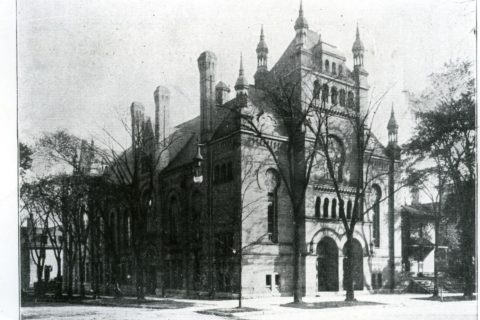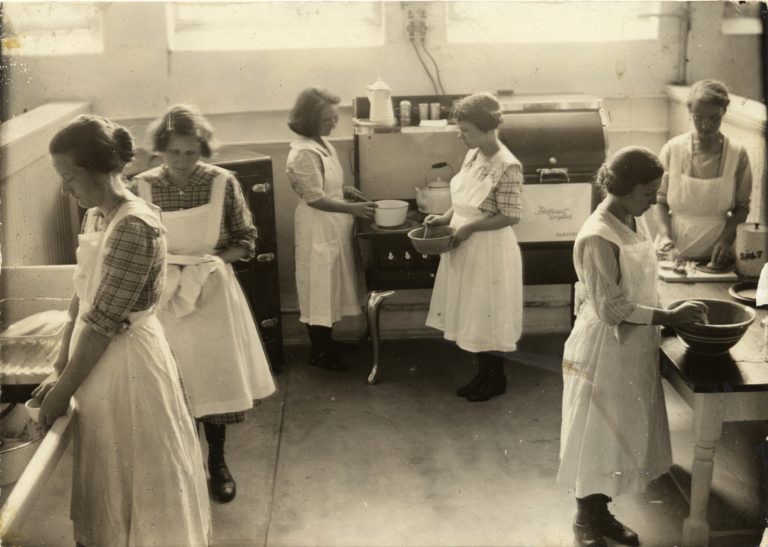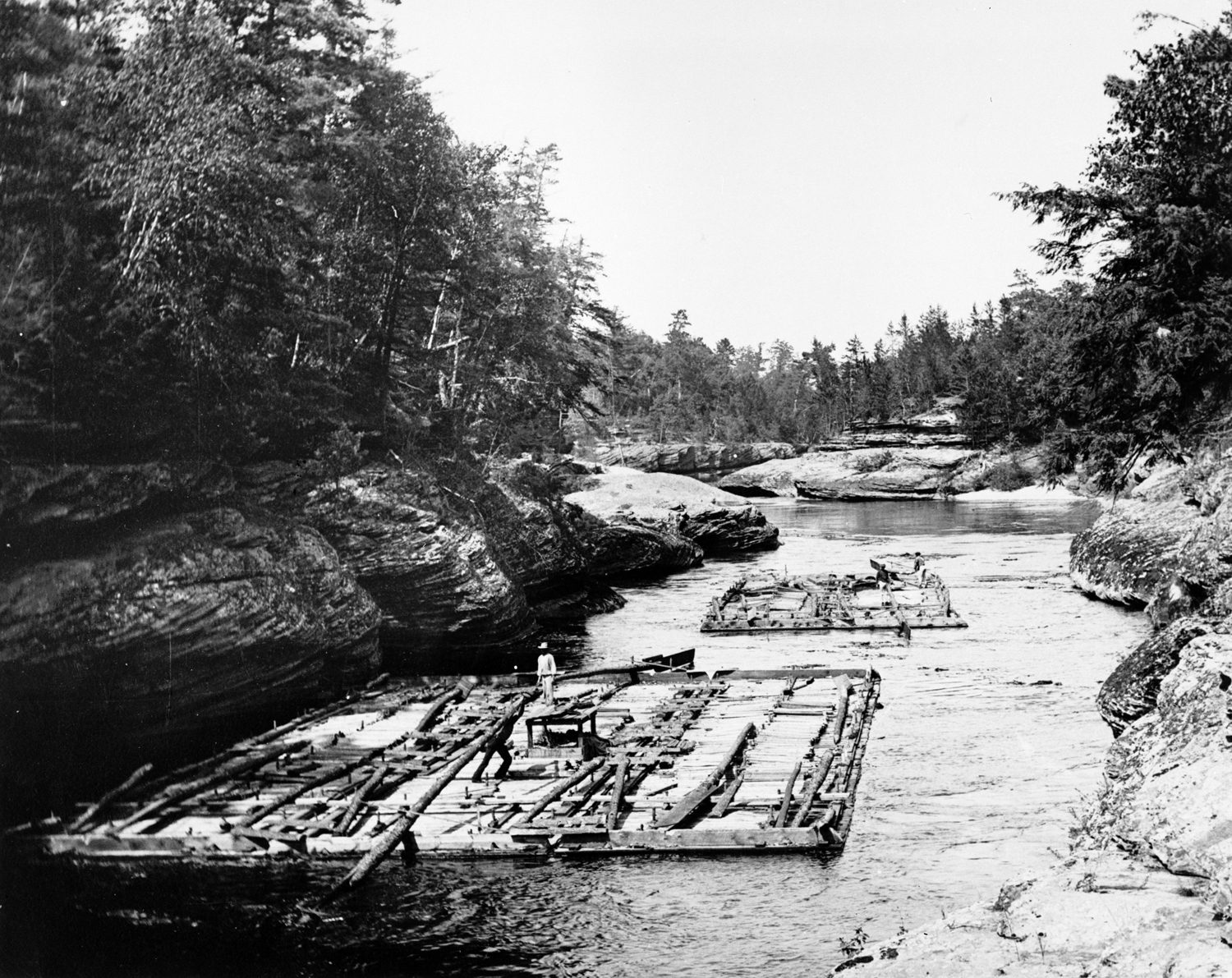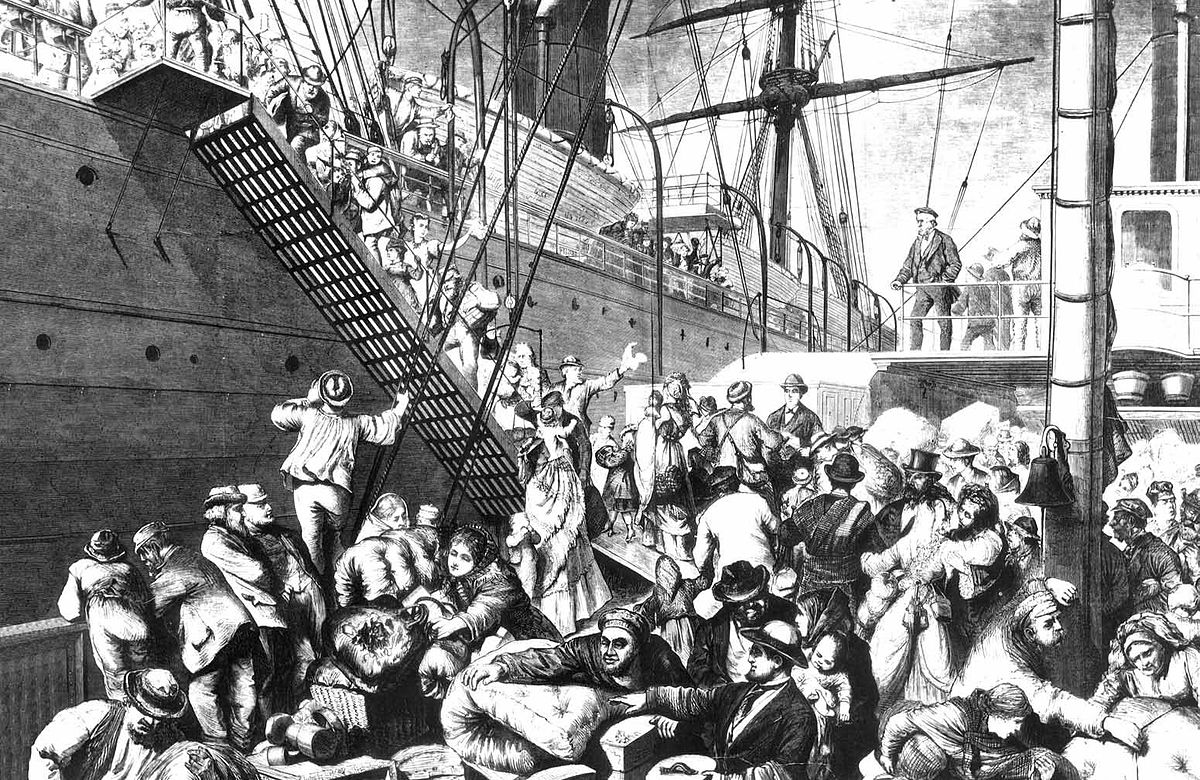The Settlement
Having outgrown the basement of Temple B’ne Jeshurun, the mission moved to an old house at 507 Fifth Street in 1900. It was simply called “The Settlement.” Programs expanded as space and resources did—the building was busy from 9:00 a.m. to 11:00…




